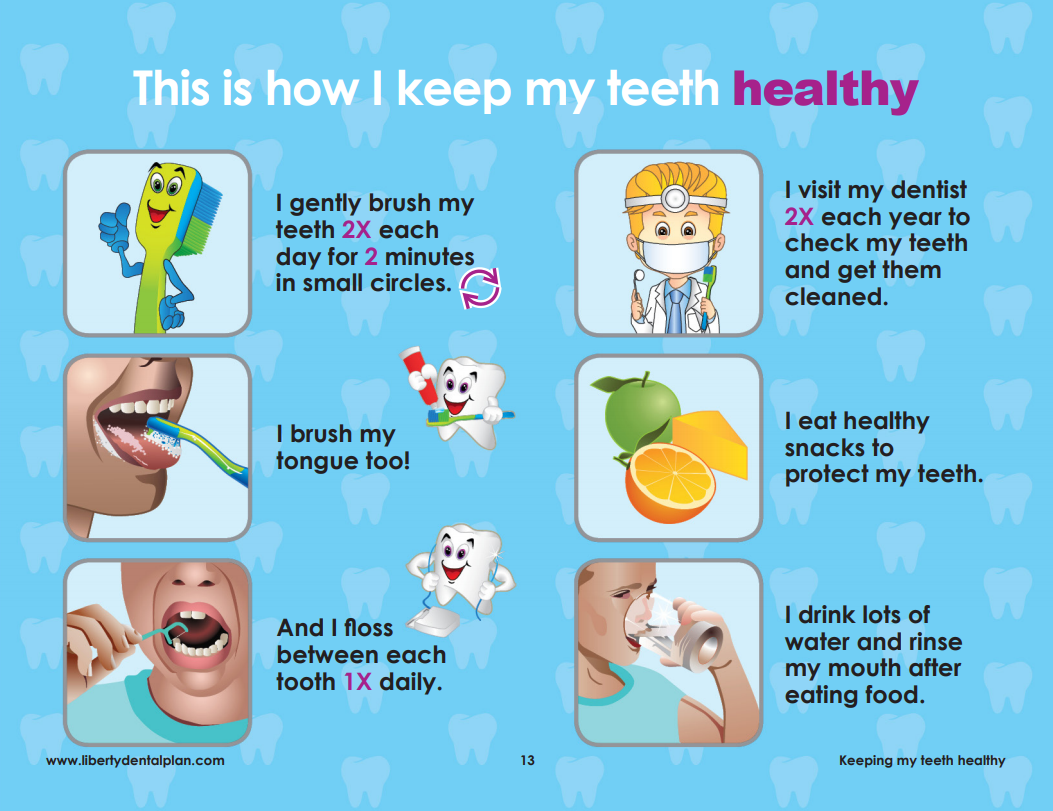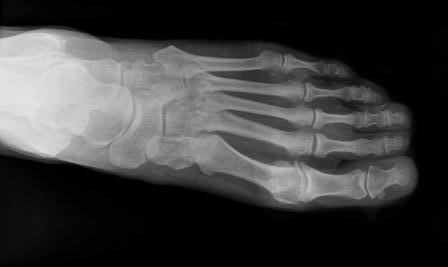10 Xray Tips For Healthy Teeth

The importance of maintaining healthy teeth cannot be overstated. A crucial part of dental health is the use of X-rays to diagnose and monitor various conditions. While X-rays are a valuable tool, there are several tips to keep in mind to ensure their safe and effective use, particularly in maintaining healthy teeth. Let’s dive into 10 X-ray tips that can contribute to your oral well-being.
Understanding X-rays in Dentistry
Before we explore the tips, it’s essential to understand the role of X-rays in dentistry. Dental X-rays are images of the teeth and mouth that are used to evaluate the health of the teeth and surrounding bone. They can reveal cavities, tooth decay, gum disease, and other issues that might not be visible during a regular dental exam. There are different types of X-rays, including bitewing, periapical, and panoramic X-rays, each serving unique diagnostic purposes.
Tip 1: Limit Exposure
Reducing Radiation Exposure: One of the first considerations when it comes to dental X-rays is limiting exposure to radiation. While dental X-rays emit very low levels of radiation, it’s crucial to follow the ALARA principle—As Low As Reasonably Achievable. This means that X-rays should only be taken when necessary, and the dentist should use a digital X-ray system, which emits significantly less radiation than traditional film-based systems.
Tip 2: Use Digital X-rays
The Advantage of Digital: Digital X-rays offer several advantages over traditional film X-rays. They provide immediate images, reduce radiation exposure, and can be easily stored and transferred. Digital X-rays also allow for enhancements and can help in accurately diagnosing dental problems early on.
Tip 3: Regular Check-Ups
The Importance of Routine: Regular dental check-ups are crucial for maintaining healthy teeth. These visits typically include an X-ray examination to monitor the progress of any existing conditions and to catch new issues before they become serious. The frequency of X-rays depends on your oral health status and risk factors for dental disease.
Tip 4: Lead Apron Protection
Protecting Vulnerable Areas: When undergoing a dental X-ray, it’s standard practice to wear a lead apron to protect the thyroid gland and reproductive organs from unnecessary radiation exposure. This precaution is especially important for pregnant women and children.
Tip 5: Pregnant Women Precautions
Special Considerations for Pregnancy: For pregnant women, it’s vital to inform the dentist about the pregnancy before any X-ray examination. While the risk is low, X-rays during pregnancy are generally avoided unless absolutely necessary. The American College of Radiology and the American Dental Association have guidelines to ensure safe imaging practices during pregnancy.
Tip 6: Children’s X-ray Protocols
Protecting Young Patients: Children are more sensitive to radiation, and their developing teeth and jaws require careful monitoring. Dental X-rays for children should follow specific protocols to minimize exposure. The use of kid-sized lead aprons and careful selection of X-ray type and frequency are important considerations.
Tip 7: Mobile X-ray Units
Convenience and Safety: Mobile X-ray units can be convenient, especially for patients who have difficulty visiting a dental office. However, it’s crucial to ensure that these units meet safety standards and are operated by trained professionals to minimize radiation exposure.
Tip 8: Alternative Imaging Techniques
Exploring Alternatives: In some cases, alternative imaging techniques like MRI or CT scans might be recommended for detailed diagnoses. These methods can provide comprehensive views without the use of ionizing radiation, although they are typically more expensive and used for specific diagnostic needs.
Tip 9: Informed Consent
Understanding the Process: Before undergoing any dental X-ray, patients should be fully informed about the procedure, including the benefits, risks, and alternatives. This informed consent process ensures that patients are active participants in their dental care decisions.
Tip 10: Follow Guidelines
Adhering to Professional Guidelines: Dentists should adhere to professional guidelines, such as those provided by the American Dental Association (ADA), when deciding whether to use X-rays. These guidelines help ensure that X-rays are used appropriately and safely.
Conclusion
Dental X-rays are a valuable diagnostic tool in the maintenance of healthy teeth. By understanding how X-rays work, their benefits, and the precautions that can be taken to ensure their safe use, patients can be better equipped to manage their oral health. Regular dental check-ups, digital X-ray technology, and adherence to safety protocols all contribute to a comprehensive approach to dental care.
FAQ Section
What is the primary use of dental X-rays?
+Dental X-rays are primarily used to diagnose and monitor dental health issues such as cavities, tooth decay, gum disease, and the position of teeth.
Are dental X-rays safe for pregnant women?
+While generally safe, dental X-rays during pregnancy are typically avoided unless absolutely necessary. Pregnant women should inform their dentist about their pregnancy to ensure appropriate precautions are taken.
How often should I get dental X-rays?
+The frequency of dental X-rays depends on your oral health status and risk factors for dental disease. Your dentist will recommend the appropriate schedule based on your individual needs.
What are the benefits of digital X-rays over traditional film X-rays?
+Digital X-rays offer several benefits, including reduced radiation exposure, immediate image availability, and the ability to enhance images for better diagnosis. They also eliminate the need for chemical processing, making them more environmentally friendly.
Can children undergo dental X-rays?
+How do I prepare for a dental X-ray?
+Preparation for a dental X-ray typically involves removing any jewelry or metal objects that might interfere with the image. You will also be asked to stand or sit in a specific position and may be given a lead apron to wear. Informing your dentist about any health conditions, especially pregnancy, is also crucial.
In conclusion, the strategic use of dental X-rays, combined with regular dental check-ups and a thorough understanding of safety protocols, can significantly contribute to maintaining healthy teeth and overall oral well-being. By being informed and proactive, individuals can take a significant step towards a healthier, happier smile.


